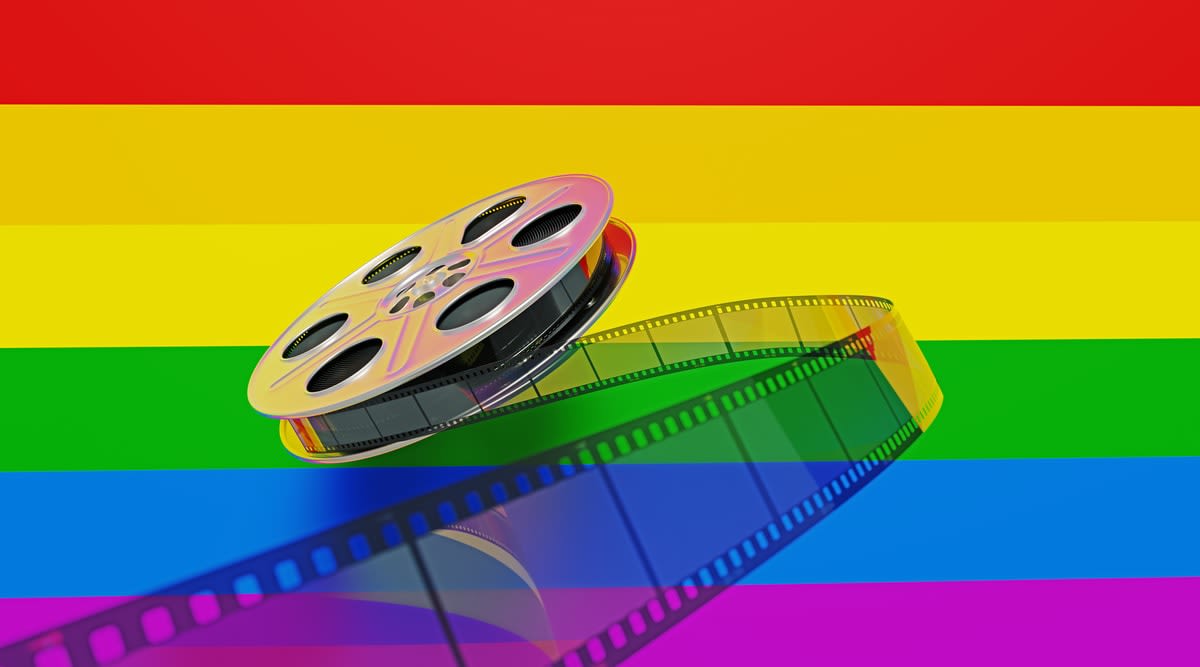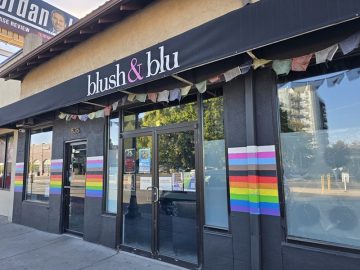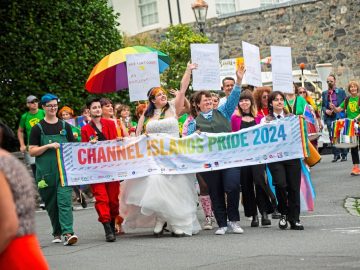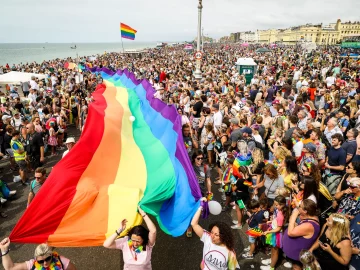LGBT+ people often gather to watch queer films together, creating a comfortable and supportive atmosphere. These events can take place at home with friends or partners, at special film screenings or theme nights in LGBT+ bars or cultural centers. For many LGBT+ people, watching queer films is not only entertainment, but also a way to identify with the characters and stories, and discuss important topics related to their own experiences and community issues. Such events also help to form bonds, exchange ideas and support each other in the fight for equal rights and recognition.
Queer films, or films with LGBT+ themes, play an important role in modern cinema, drawing attention to various aspects of gender and sexual identity. They represent a diverse film genre including drama, comedy, documentaries, arthouse and more, and they often reflect real life situations and issues faced by members of the LGBT+ community.
Queer films have a significant impact on public opinion and help change attitudes towards LGBT+ people. They help to understand complex issues of sexual orientation and gender identity, and expand understanding of various aspects of LGBT+ culture and community.
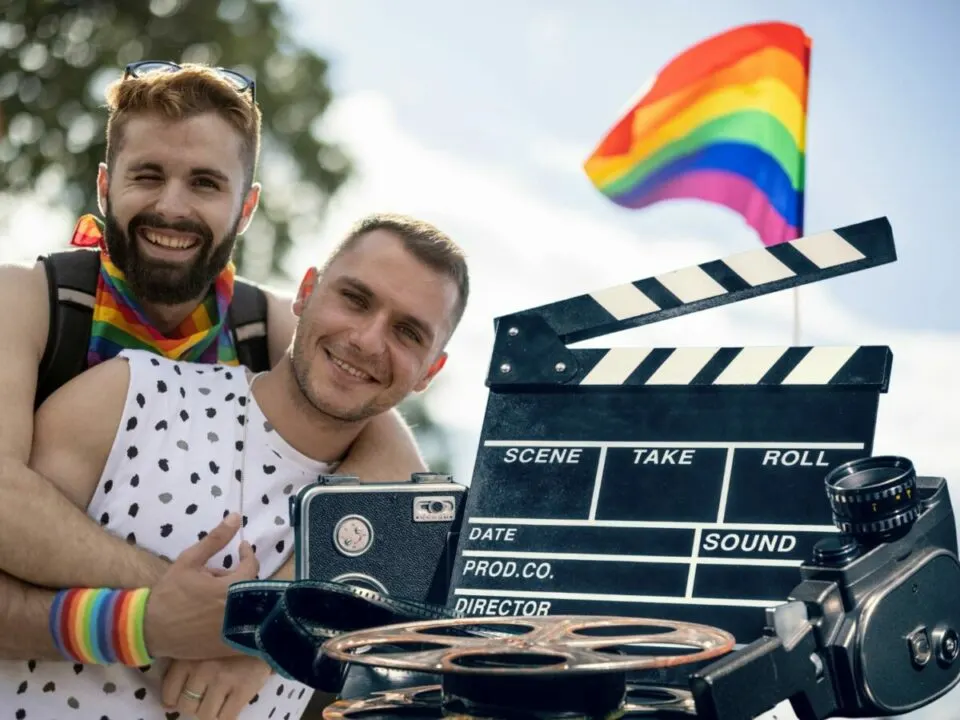
One of the key functions of queer cinema is to provide a platform for the voices and stories of LGBT+ people to be expressed. Films of this genre often highlight issues related to discrimination, stigmatization, and identify problems of family relationships, friendship, love and self-identity. They help create public dialogue and draw attention to issues of equity and inclusion.
Reflecting destinies and struggles: the role of queer cinematography in promoting LGBT+ rights
Among the famous queer films are such masterpieces as “Brockback Mountain”, “Kaleidoscope”, “The Silence of the Lambs”, “The Paris We Knew”, “Parallel Moms”, “Magnificent Marcy”, “Love, Simon”, “ Dungeon”, “Handsome People”, and many others. These films received widespread acclaim and became symbols of the fight for LGBT+ rights.
Queer films also play an important role in shaping the cultural heritage of the LGBT+ community. They help preserve and communicate the stories and experiences of LGBT+ people, and provide a forum for creative expression and exploration of gender identity. In addition, they promote the development of creative talent and recognition of the contributions of LGBT+ artists and directors to the cinematic arts.
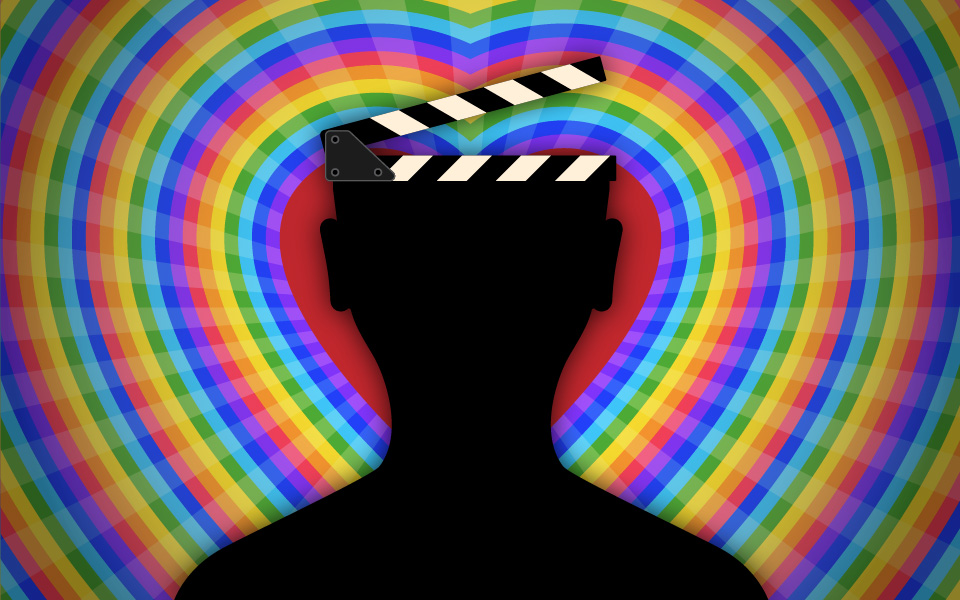
Overall, queer films are an important tool for promoting inclusivity, tolerance and understanding of diversity. They not only reflect the reality of life for LGBT+ people, but also inspire change in society and create a more equal world for all its members.
Queer films also often act as catalysts for social change and political debate. They spark discussions on issues related to human rights, marriage laws, adoption, and the social and cultural inclusion of the LGBT+ community. Many films raise issues related to violence and discrimination, which helps to draw attention to these problems and contribute to their solution.

